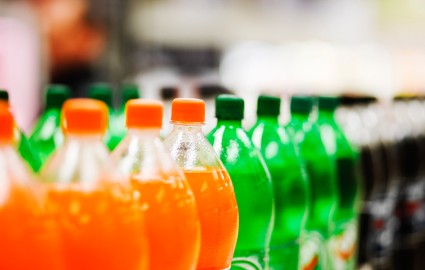The consumer  goods market is developing at a faster rate of change than ever. Consumers are demanding more choice than ever, with social media platforms such as Facebook and Instagram broadening communication and accelerating change.
goods market is developing at a faster rate of change than ever. Consumers are demanding more choice than ever, with social media platforms such as Facebook and Instagram broadening communication and accelerating change.
In response, businesses and developers are innovating rapidly to meet these demands. The speed of this change, has allowed research and development teams to really stretch themselves and extend their offerings, breaking typical format, sensory and technological barriers. The recent trends in healthy flavoured water, has led to the development of tree waters (such as birch), the enthusiasm around kale chips and the rise of alternative ‘milks’ such as almond, rice and oat based options. This breadth of development routes and options is just the beginning, and could lead to some really interesting new product development coming out over the next few years including familiar products in brand new formats – such as fizzy milk & crunchy cheese (https://tinyurl.com/ycl5row6)
Regardless of the product and development team behind it, stepping into new innovative spaces is a challenge for any brand. Many strong brands have struggled to diversify their portfolios with the Museum of Failure in Sweden happy to showcase development mistakes from which all budding developers can learn. Crucially, making a great product, simply isn’t good enough these days, without bringing the consumer along the journey with a clear brand identity and meaning. Broadening a brands portfolio doesn’t mean forgetting or even diluting what the brand stands for.
Therefore, delivering the brand meaning for consumers is key. Communicating these equities and conceptual cues is essential throughout the usage journey, with product attributes (including these new sensations), pack designs and formats, messaging and claims all playing a role in both implicit and explicit brand cues (http://www.mmr-research.com/insights/sensory-is-implicit). Ensuring all key touchpoints of pack and product experience align with the conceptual associations of the brand provides a strong and coherent message to consumers, allowing the brand to shine through even in a new category, shelf or even store. Developers, marketers and insights need to work together, particularly in this challenging fast-paced innovative world of consumer goods, to deliver new offerings with strong and consistent messages which consumers can both consciously and subconsciously navigate, and bring the strength of the brand along the innovation journey into a new food type, category and marketplace.


